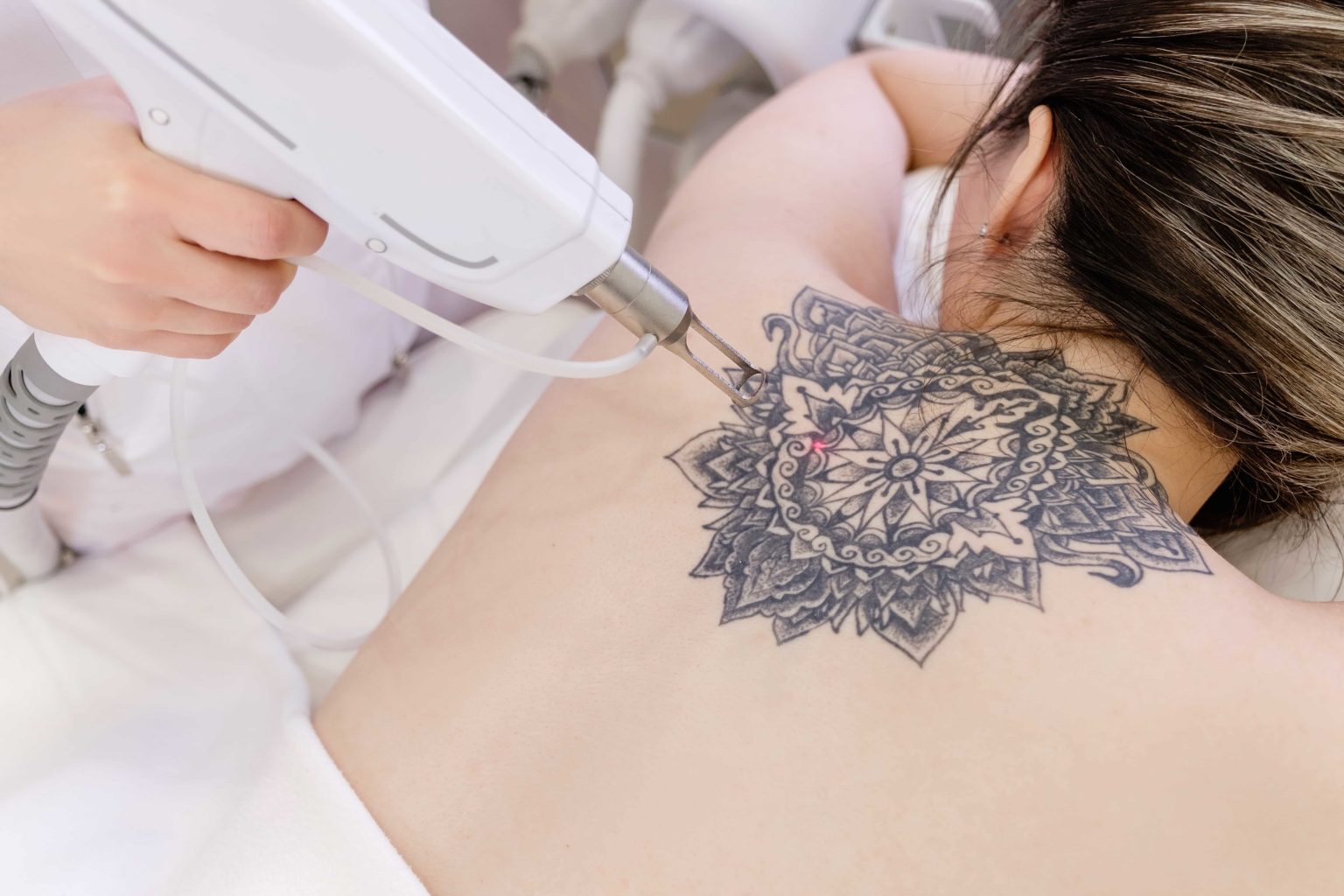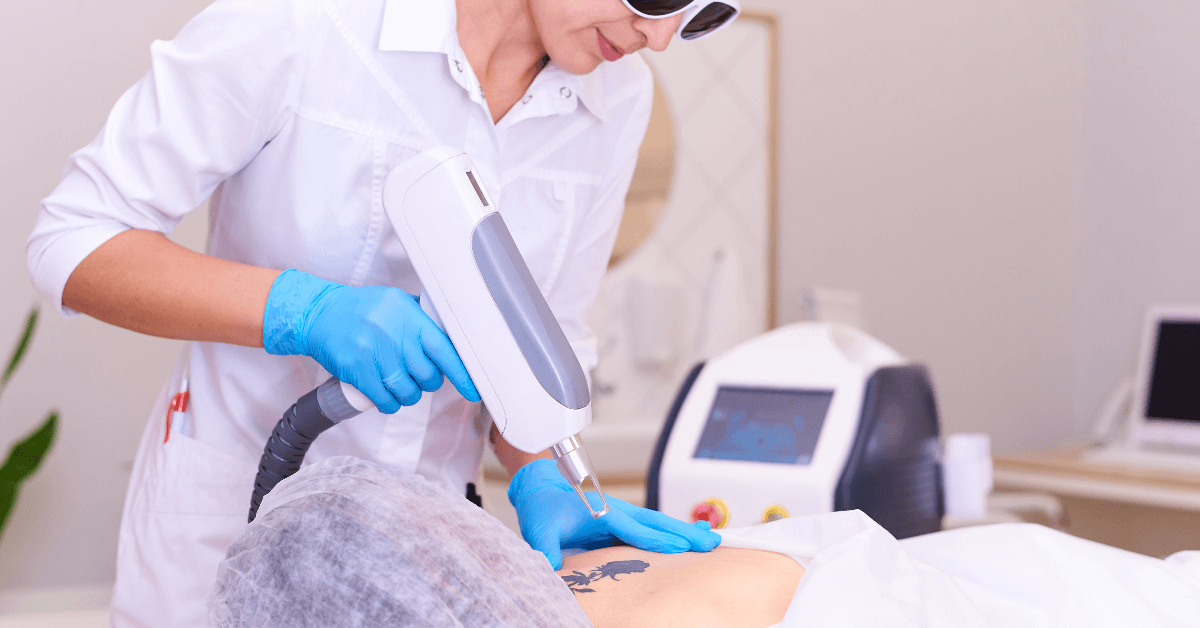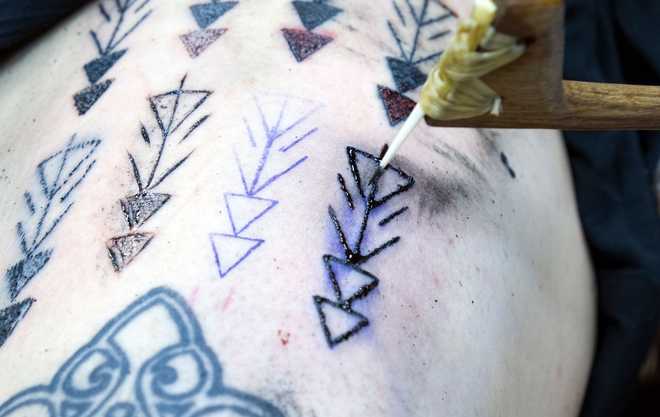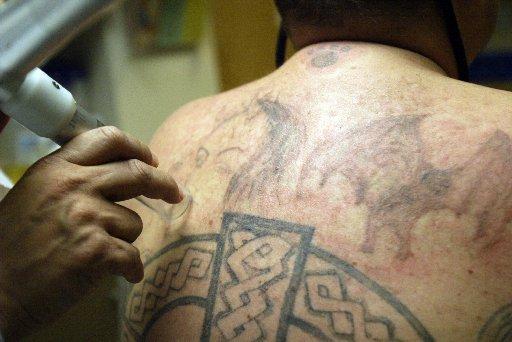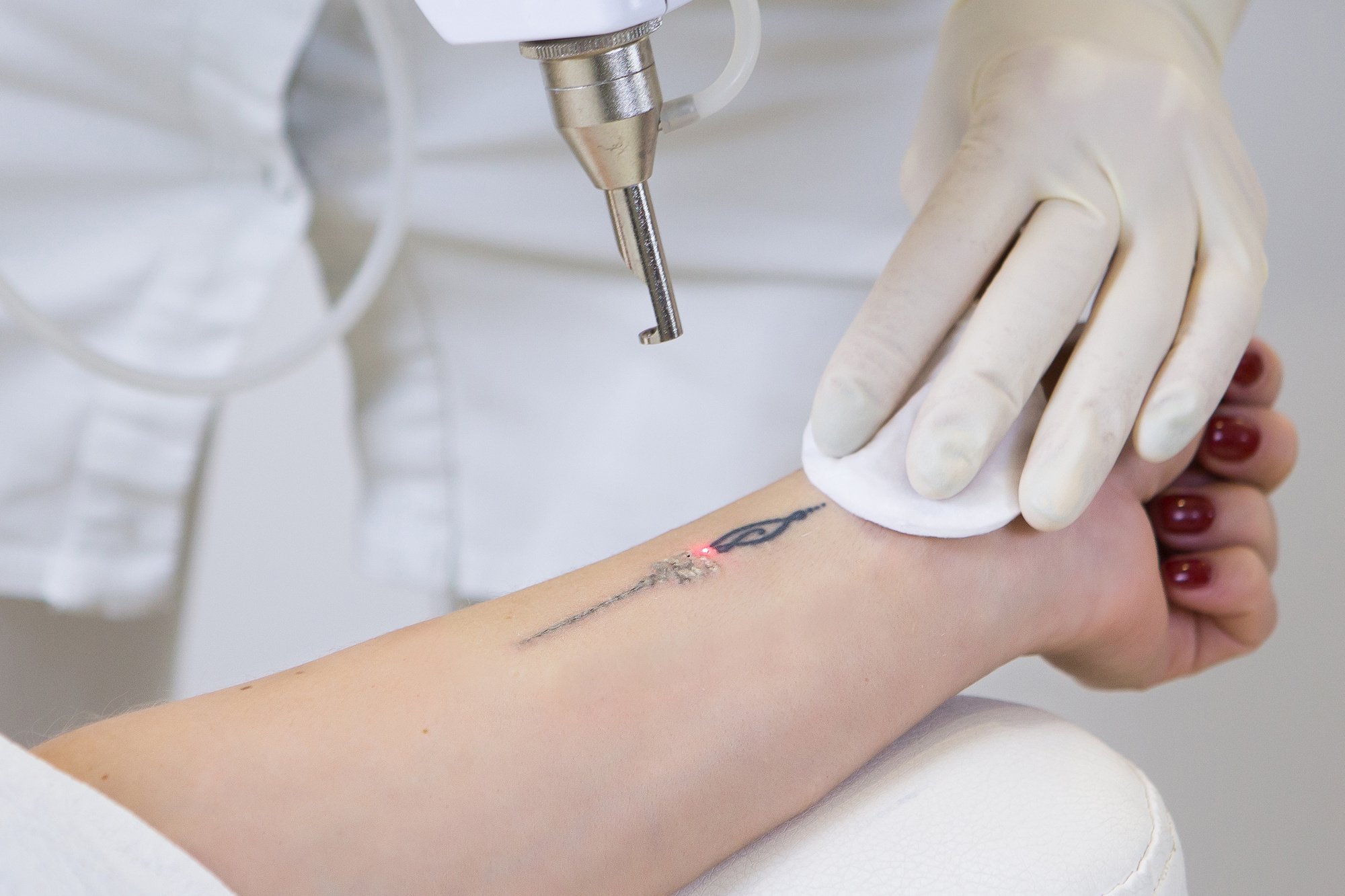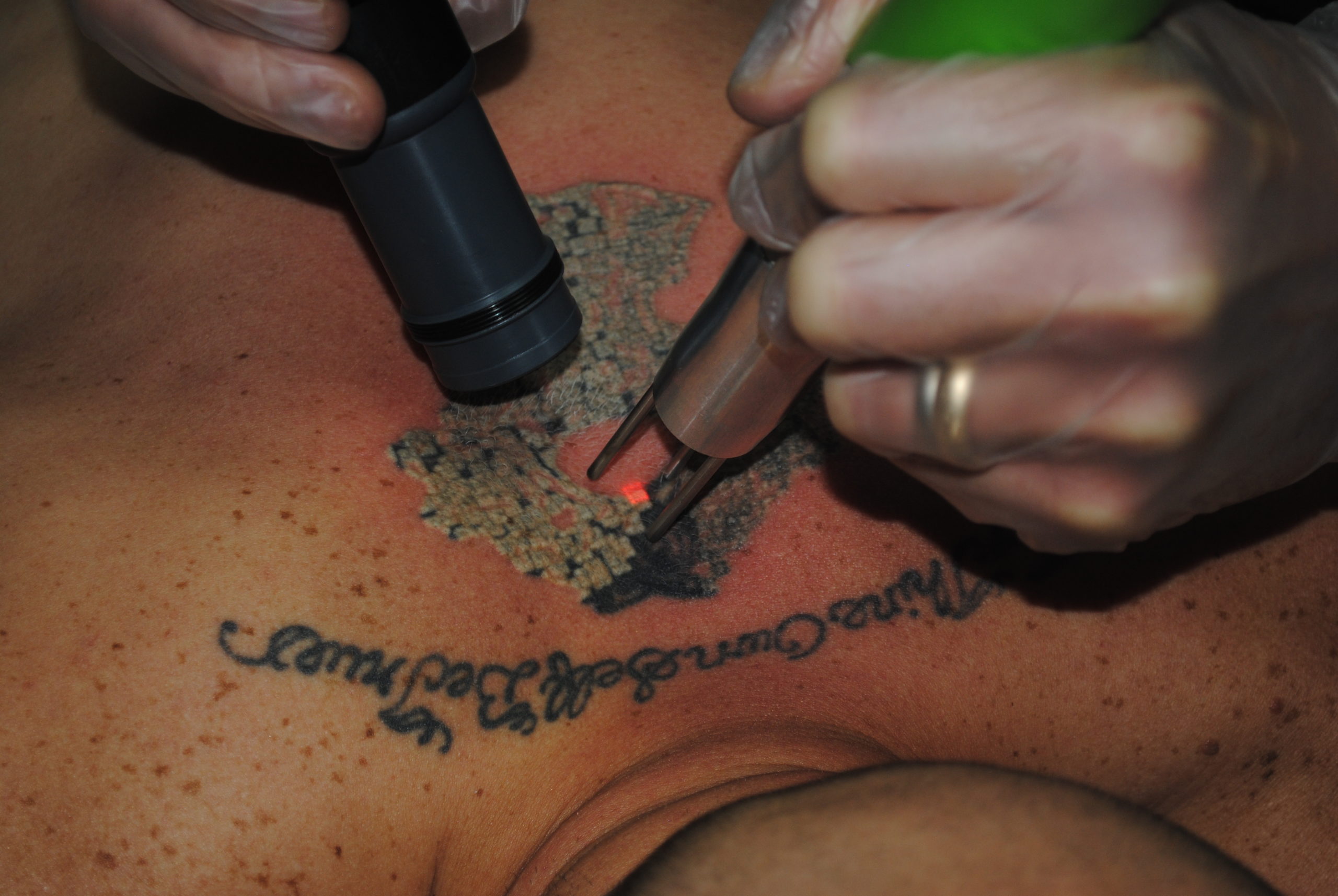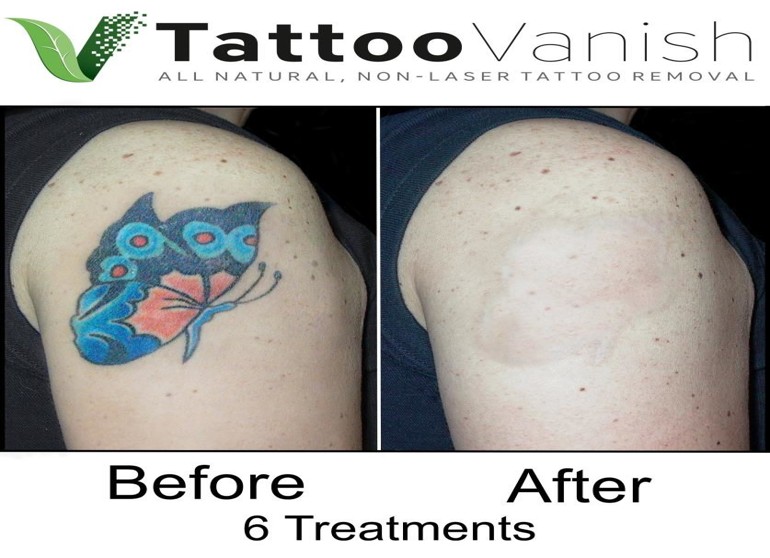Tattoo removal with laser is unlikely to cause scarring. In rare cases, hypopigmentation can occur, which is when the skin where the tattoo used to be is lighter than the surrounding skin. Keloid scars can also occur, especially in individuals with a history of keloid scars. Avoiding keloid scars may involve discussing skin conditions with a laser removal specialist. Working with an experienced specialist using advanced technology, such as the PicoWay laser, can almost guarantee no scarring. Scarring is more likely to happen in individuals with darker skin tones due to a loss of pigmentation, though it usually becomes less visible over time. There are measures that can be taken to prevent scarring both before and after the removal treatment. Quitting smoking, taking multivitamins (such as vitamin E, aloe, and zinc), and staying hydrated by drinking plenty of water before the treatment can improve skin health and promote healing. After the treatment, it is recommended to wash the treated area twice daily with mild soap and water, avoiding antibacterial soaps that may cause irritation. Instead of rubbing the area dry, it is advised to pat it gently with a paper towel to minimize potential damage. This article provides tips on how to prevent scarring during the laser tattoo removal process. It advises avoiding picking or popping scabs or blisters, using recommended ointments or creams, changing dressings regularly, and avoiding sun exposure for a few weeks after treatment. The article also mentions that laser tattoo removal does not damage skin cells and is specifically targeted at the pigmentation beneath the skin. However, it may not remove scars that were covered by the tattoo or scars that formed during the tattoo’s healing period. The article suggests seeking treatments for scarring if needed. Laser tattoo removal is the only non-invasive option that minimizes scarring and can completely remove a tattoo. It may take several sessions and a year or more to remove the tattoo thoroughly. The effectiveness of the treatment depends on the color and size of the tattoo. Even stubborn, old, and deep tattoos can be successfully faded with treatments, including strong colors like green, pale blue, and yellow.
